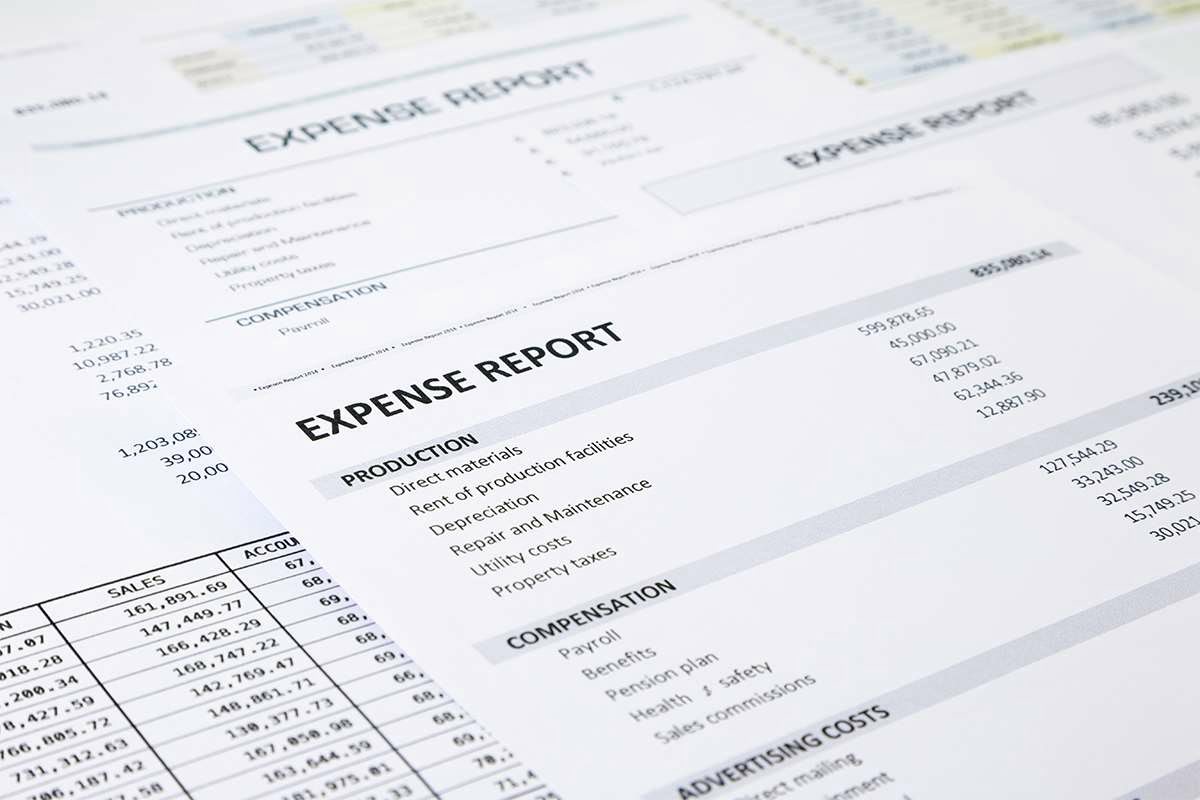
This method simplifies financial reporting as the payments do not affect the company’s balance sheet, thus no assets or liability is recognized. This means the company’s https://www.bookstime.com/ financial leverage ratios are unaffected by the lease. Since the lessee does not own the asset, the entire lease payment is treated as an operating expense, which is fully deductible.
Lease Options: When the IRS Considers It a Sale
The decision to finance or lease an asset depends on several factors, including your business’s financial goals, cash flow, and the intended use of the asset. Finance leases might be more advantageous if you plan to keep the asset long-term and want to claim depreciation. On the other hand, operating leases might be preferable if you want to keep capital vs operating lease the asset off your balance sheet and avoid the responsibilities of ownership. If you seek to buy the asset outright and instead get financing to purchase the asset, that can also be a beneficial option if your business has the capital and ability to handle the debt load. If you need guidance, Gallo LLP can help you determine whether capital lease accounting or operating lease accounting aligns better with your goals.

Year-End Tax Tips for Business Owners
- While holding the liability can be a risk, the reward of this type of lease is that you own the asset at the end.
- This changes how they report finances and shows the impact of operating leases more clearly.
- The lessee can deduct depreciation as if it were the owner of the aircraft.
- This reinforces the temporary arrangement without long-term asset ties.
- Additionally, since the lessee does not own the asset, they are not responsible for property taxes or depreciation expenses, further enhancing their tax efficiency.
- We know the details of the standard and see it as a chance for better lease management.
The lessor generally capitalizes the tenant improvement allowance and amortizes it over the term of the lease. Most small businesses do not have a GAAP requirement… this news is just for gee-whiz cocktail conversation. Operating leases are obligations that are not required to be presented on the balance sheet. A fleet of Boeing 737s is certainly a different situation, and as an investor you would want to know the impact on the balance sheet from these legal obligations. There’s no real value added by exploding all these factors into drawn out explanations. The most common lease problem is the $1 buyout or something similar- be careful what you are getting into with leases that might be disguised as purchases.
- The excess book basis over tax basis in the right-of-use asset will be a DTL, and the excess book basis over tax basis in the lease liability will be a DTA.
- This will of course feed into whether or not you’ll decide to utilize a capital or operating lease.
- Private businesses implemented new lease accounting rules in 2022, resulting in a major shift in how leases are reported for “book” purposes.
- Note that the 2017 tax law changes also created a limit on overall tax deductions for interest, so for some taxpayers this benefit may be illusory.
- You can make this choice as long as the property qualifies and the total FMV of all the property included in the lease is more than $25,000.
Telling Your Financial Story: How Athletics CFOs Can Proactively Drive Action
The capital lease is structured or designed like that of a purchase or any financing agreement. It is a lease agreement for long term and the risk and rewards of the ownership is on the lessee. But in an operating lease, the lessor allows the lessee to use the asset for a certain number of years, which is typically less than the life of the asset. In this the lessee doe s not get the optio to buy the asset at the end of the agreement. We often encounter taxpayers who do not quite fully understand how to report for income tax purposes the lease agreements they have entered into for business use assets, particularly automobiles.

RFID for Asset Tracking and Inventory Management: what are the benefits?
Here are links to very useful calculators that help you decide whether it is better to buy or lease that piece of business equipment. You Want to Understand Profitability, there is a list of questions to help you decide whether a purchase should be expensed vs capitalized. If the buyout amount was a reasonable amount at or near FMV, then CRA will likely accept that the buyout amount is the cost used in calculation of the standby charge.

Is a type of lease in which the lessor allows the lessee to use an asset for a short period in place of periodical payments but does not transfer the asset’s ownership rights. An operating lease is a contract that permits the use of an asset without transferring the ownership rights of said asset. Capital and operating leases are subject to different accounting treatment for both the lessee and the lessor. For the purpose of entry-level finance interviews, it is enough to understand the accounting treatment for the lessee only. A true lease, often aligned with an operating lease for tax purposes, means that the lessee does not assume ownership of the asset and therefore deducts rental payments as ordinary expenses.
In this section, we will explore these differences and provide insights from different points of view, helping you make informed decisions regarding your business’s equipment acquisition strategy. To illustrate the tax implications of true leases, let’s consider an example. They have the option to either finance the purchase of the vehicles or enter into a true lease agreement with a lessor. You must first determine whether your agreement is a lease or a conditional sales contract. If the agreement is a conditional sales contract, you consider yourself as the outright purchaser double declining balance depreciation method of the equipment.